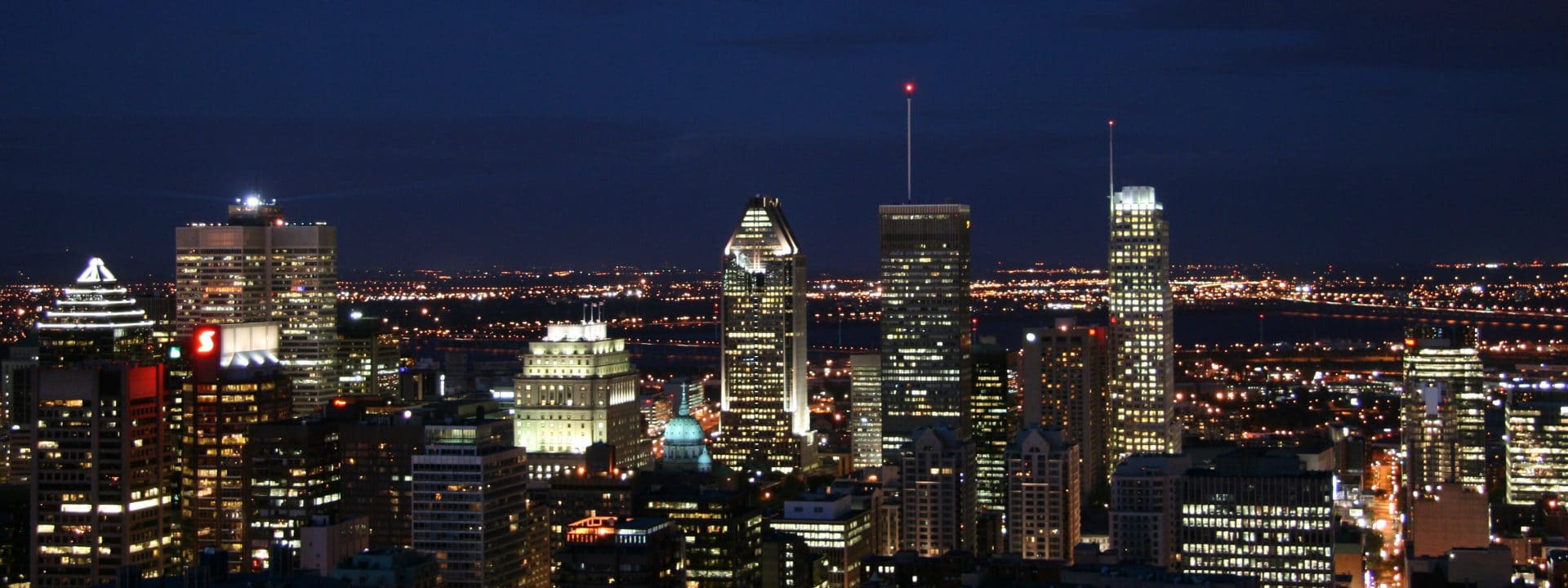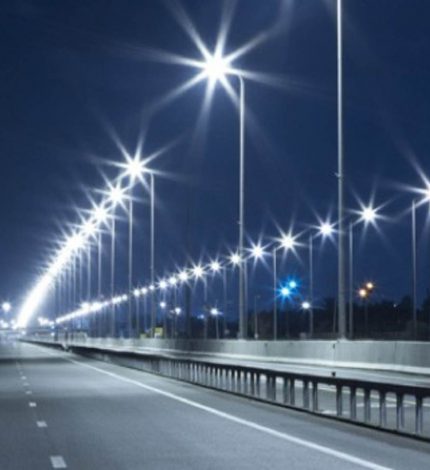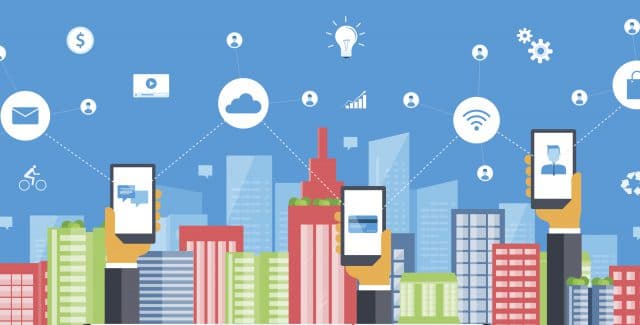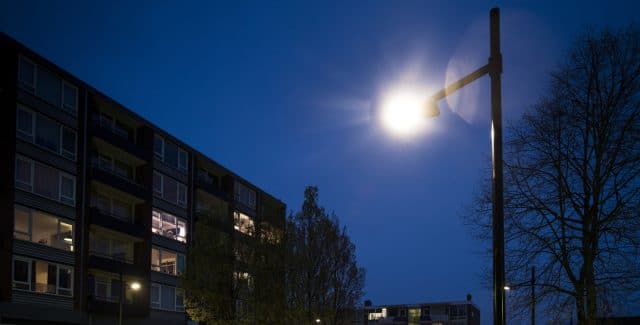Benefits for other policy areas
Smart lighting therefore has a positive effect on road safety. This may bring us to the second cause for the low percentage of smart lighting; the unfamiliarity with other policy areas. The public lighting manager is primarily responsible for the functional electrotechnical aspects of the lighting, whereby energy savings or road safety are not always included as KPI.
Luminext, however, takes the position that smart lighting should be part of the integrated policy in the public area, because other policy areas can indeed benefit from it. For example, the safety and enforcement department benefits from the fact that the street lighting in the city center can be switched up immediately in case of calamities and the traffic department could be supported by linking the public lighting to the traffic intensity on main roads or on a bicycle path in the countryside. The environment department also benefits from animal-friendly lighting. Apart from these applications, smart lighting provides insight into the lighting area, energy consumption and CO2 emissions.
Large-scale approach
Tissing indicates that it takes a mental leap to obtain data in a more functional way, arguing for large-scale smart lighting. Still many municipalities have only transformed a small part of the lighting area into smart, while it only works well if you ‘smarten’ the entire area and actively deal with it. That is exactly the mission of the company; supporting municipalities to provide smart lighting on a large scale in order to be able to manage and control the street lighting city-wide and in multiple policy areas. When asked how they do this, De Weerd replies: “Among other things, with the in-house developed Luminizer platform, which is one of the few supplier-independent lighting management software platforms. All smart lighting, from any supplier, can be linked to gain insight into your total area. We simply want to help our customers to use street lighting in a smarter way. Together we make a plan, check out what needs to be done first. One city prefers to start doing the main roads and the other in the center, depending on the priorities. We then report the results quarterly and show what else is possible. We also have a support department where you can go with questions and we organize customer contact days to learn together how to use smart lighting ”.
Plan
The gentlemen note that the route to a completely smart light area will not happen overnight, it is too comprehensive for that. But if they can give one advice to municipalities that do not yet have municipal-wide smart lighting? “Make a plan and map out the route to integral use of smart lighting now. And if you don’t know where to start, we are happy to help ”.





